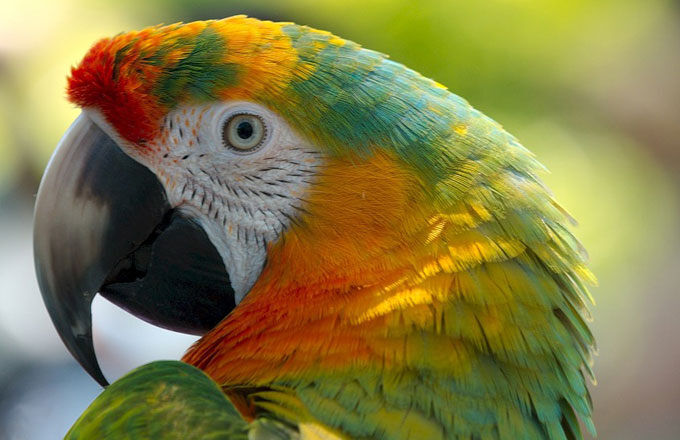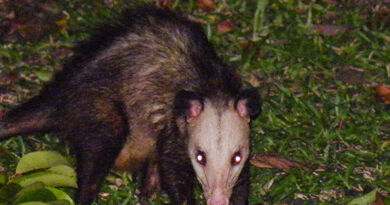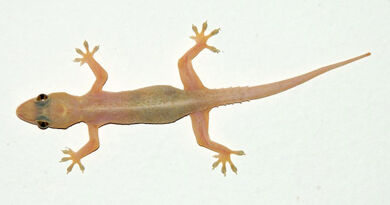Parrots
In the early days of colonization, the Martinican forests were inhabited by a few species of Parrots. In the accounts of the first chroniclers, many pages were devoted to these birds, which were one of the riches of our forests. “We have in our islands 3 kinds of birds, which we are obliged to distinguish although they all relate, as to their true genus to the Parrot: because the Arras, the Perriques, and even the Canivet of the mainland are real Parrots ”, wrote RP Du Tertre in 1667. He continued thus: “It is true that they are so dissimilar, according to the lands where they repair, that there is not an Isle which does not have its Parrots, its Arras, and its Perriques, dissimilar in size body, in tone of voice and diversity of plumage. This does not prevent, however, that they are not all suitable in that they have the head of the same shape, the bent beak, the thick, fatty tongue, four fingers or claws on the feet, that they eat in the same way. , and all have the inclination to cackle, and even to talk to men. ” “It would be undertaking a very difficult thing to want to describe the admirable streaks of their feathers; besides that they are presently so common in France, that it is no longer a new thing: this is why it will suffice for the reader’s satisfaction to describe some of them which I still have a fresh memory of, and to start with Arras, which is the most beautiful and largest of all the Parrots in our Isles. “
The Macaws
The Macaws are the largest of the Parrots. They can still be found in the forests of America, from Mexico to southern Brazil. These birds belong to the Psittaciformes order, a group specific to the tropics, which includes more than 300 species. Their hooked beak is used to break hard-shelled fruit. Their lower mandible can move back and forth against the underside of the upper mandible, which is provided with horny transverse projections forming a rasp. Excellent climbers, Macaws, like all other Parrots, use the tip of their beak as a kind of third leg. They have two fingers pointing forwards, and two backwards. As early as the 17th century, it was described by the first chroniclers of the Antilles: “It has the head, the collar, the belly, and the top of the back, of color of fire: its wings are mixed with feathers, yellow, color of azure, and crimson red: its tail is all red, and one and a half feet long … ”(RP Du Tertre, 1667). What were the customs of this Macaw? Its food: The seeds and fruits of our forests were the basic food for the Macaw. According to R.P. Du Tertre, he could even eat mancenillier apples. One can wonder if this assertion is correct, because this fruit is a violent poison that no other animal consumes with the exception of “Tourlouroux”.
His life in the forest:
The Macaw was a noisy bird, which was easy to spot. Little fierce, – he let himself be approached and killed. Even when he saw his companions shot dead, he did not understand that he risked the same fate, and remained impassive on his branch. Here is what R.P. Du Tertre said: He has a serious and assured bearing, and so far that he is surprised for several rifles on the tree where he is connected; on the contrary, he watches and leads his companions, who fall dead to the ground, without shaking them in any way; so that sometimes five or six are drawn from the same tree, without making them fly away. “
Its reproduction:
We know that the male and the female did not leave each other, that the reproduction was done once or twice a year, that their nest consisted of a simple hole in the stump of a tree, and where the female laid two eggs.
A bird that has been exterminated
The hunt that was given to them, either for their flesh or for their plumage, led fairly quickly to the disappearance of these macaws. The date of their extinction is uncertain, but it is believed to be at the end of the 18th century.
How the Caribbean captured and tamed Parrots
It is to Father Labat that we owe this description: “The way our Caribbean take on Parrots is too ingenious not to write it down here. I’m not talking about the little ones they take from the nest, but the big ones. They observe in the evening the trees where it perches the greatest number, and when the night has come, they carry around the tree of lit coals, on which they put gum with green pepper, that makes a thick smoke which stuns such poor birds that they fall to the ground as if they were drunk or half-dead. They then take them, bind their feet and wings, and make them come back by throwing water on their heads. When the trees are too high for the smoke to get in there and have the effect they claim, they accommodate cushions at the end of a few large reeds or a few poles, they set fire to them, gum and peppers , they get as close as possible to the birds and get them even more intoxicated … “
“To tame them and make them treatable, they only let them fast for a while: and when they judge they are hungry, they offer them something to eat; if they bite and are too drunk, they blow tobacco smoke from their beaks, which dazes them so that they almost immediately forget their wildness; they get used to seeing men, to letting themselves be touched by them, and in a short time become completely private, they even teach them to speak. “




